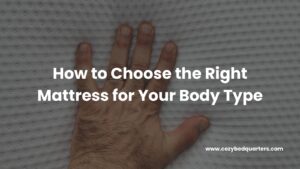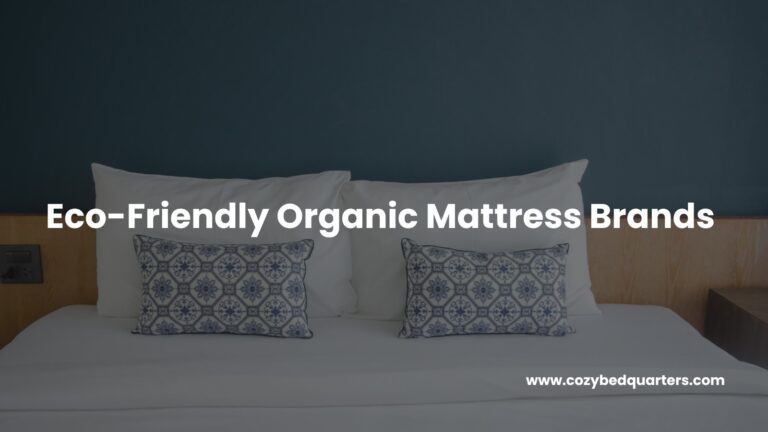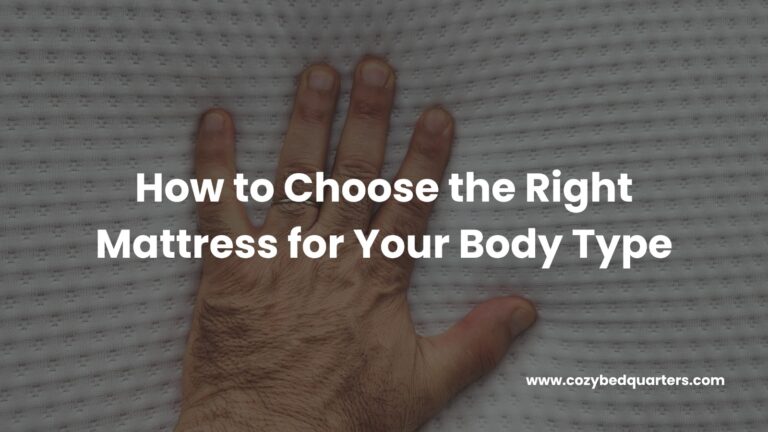Toddler Bedding: Safe Pillows, Blankets & a Smooth Transition
Toddler bedding is a milestone—your little one is ready to move from a crib to a “big kid” setup. This guide shows you when to introduce a pillow and blanket, how to choose safe, breathable materials, and the best way to make toddler bedding part of a calm bedtime routine.
Key Takeaways: toddler bedding
- Introduce toddler bedding—a single low-loft pillow and a lightweight blanket—after age two, when your child has moved to a toddler bed and shows signs of readiness.
- Choose breathable, hypoallergenic materials (organic cotton or bamboo-derived viscose) and avoid bulky or oversized bedding.
- Make the transition gradual: model how to use the pillow and blanket, check comfort the first few nights, and keep the sleep environment simple.
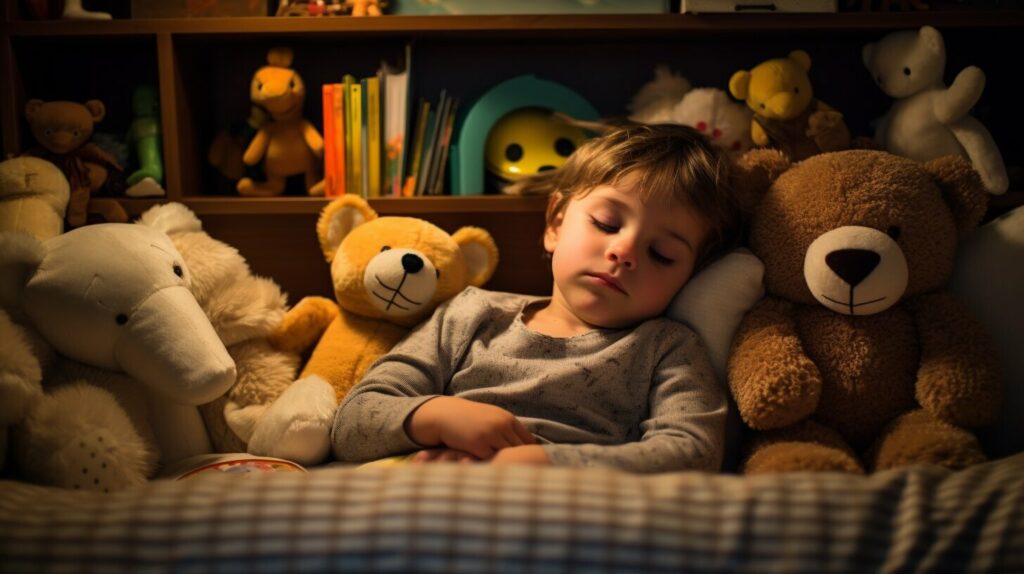
Is your toddler ready? (Answer first)
Most children are ready for a pillow and blanket after age two, once they’ve transitioned out of the crib and can move safely in bed. Signs include asking for a pillow, tucking under your blanket, or cuddling a rolled blanket under the head.
Readiness isn’t just about age; it’s about behavior and environment. If your toddler is happily sleeping flat, you can wait. When they start propping their head or requesting a blanket, introduce these items one at a time and keep the rest of the sleep space minimal. For broader context on timing the bed switch, see Sleep Foundation: When to Transition to a Toddler Bed.
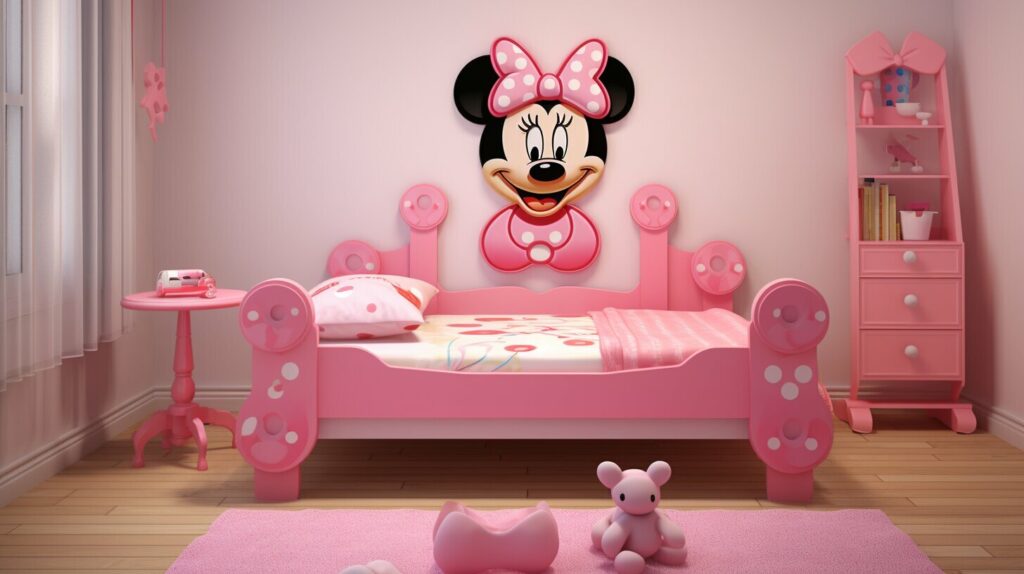
How to choose the right toddler pillow (Answer first)
Pick a compact, low-loft pillow designed for toddlers; it should feel supportive, not squishy, and sit flat under the head. Aim for ~12″ x 16″ and avoid high-fluff fills that can bunch up around the face.
Breathability is key. Organic cotton shells with a hypoallergenic fill are easy to wash and gentle on skin. If your child tends to run warm, steer clear of heat-trapping foams and look for washable covers you can launder weekly. For guidance on sizing and materials, review the Sleep Foundation’s toddler pillow overview, and learn how different pillow materials impact airflow in the bamboo vs. cotton explainer.
- Size: Small dimensions prevent neck strain and keep the pillow from crowding the face.
- Loft: Low, even loft supports neutral alignment.
- Cover: Tightly woven organic cotton; easy to remove and machine-wash.
- Allergy care: Wash covers weekly; sun-dry when possible.
For parents comparing fill types or upgrading the rest of the sleep surface, explore Cozy Bed Quarters: Choosing Pillows for Comfort.

How to select a safe toddler blanket (Answer first)
Choose a single, lightweight blanket that fits the mattress without excess overhang. Breathable weaves like cotton percale or light-knit cotton keep toddlers warm without overheating.
Skip tassels, large pom-poms, or buttons that can loosen. In colder months, layer snug-fitting cotton pajamas or footies rather than stacking bulky covers. For fiber clarity and cooling, compare fabrics in Sleep Foundation’s sheet material guide. If you prefer organic options, see Parachute’s primer on what “organic” really means in bedding.

Step-by-step transition plan (Answer first)
Introduce changes during calm weeks, not after big life events. Start with the bed, then add the pillow, then the blanket on separate nights if needed.
- Prep the room: Toddler-proof edges; place the bed away from cords, lamps, or shelves. If you’re still deciding on timing, read Transitioning from Crib to Toddler Bed.
- Model and practice: Show how the pillow goes under the head and the blanket rests on the body “like a cozy hug.”
- Keep it minimal: One low pillow + one light blanket + fitted sheet. Skip extra throw pillows and plush piles.
- First nights: Check comfort, adjust pajama layers, and verify the blanket stays flat.

Safety first: simple rules that matter (Answer first)
Fewer items mean fewer risks. Stick to one low-loft pillow, one light blanket, and a fitted sheet. Inspect stitching seasonally and replace worn items.
- Check for loose threads, fraying, or damaged zippers.
- Avoid weighted blankets before age three and always follow weight guidelines.
- Don’t tuck blankets too tightly; give hips and shoulders room to move.
For age guidance on blankets and general safe sleep context, see Sleep Foundation on blanket timing and weighted blanket considerations for kids.

Materials & certifications: choosing organic without confusion (Answer first)
For most toddlers, organic cotton offers the best balance of breathability, softness, and easy care. Look for third-party standards like GOTS for fiber and OEKO-TEX® for chemical safety.
Organic and sustainable picks help sensitive skin and reduce chemical exposure. Learn the benefits in Organic Bedding Benefits and compare fabric options in Sustainable Bedding Materials. For a consumer-friendly overview, see Parachute’s guide to choosing organic bedding.

Eco-friendly vs. conventional: what actually changes? (Answer first)
Eco-friendly bedding prioritizes breathable natural fibers and lower chemical use. Conventional options may be cheaper up front, but can trap heat and shed microfibers.
Comfort & breathability: Organic cotton percale breathes well and softens with washing. Bamboo-derived viscose is smooth and often cool to the touch. Durability & care: Higher-quality natural fibers last longer with simple laundering. Skin sensitivities: Fewer finishes and dyes can mean fewer irritants. For a deeper dive into fabric performance, compare materials with Sleep Foundation’s bamboo vs. cotton breakdown.
Environmental impact: carbon, water, and biodegradability (Answer first)
Natural, minimally processed fibers generally have lower end-of-life impact and can biodegrade faster than synthetics. Certified organic cotton also limits pesticide use, which benefits water and soil quality.
When buying new, prefer durable, repairable items to reduce replacement cycles. Wash cool, line dry when possible, and avoid fabric softeners that can reduce absorbency and breathability over time. See Cozy Bed Quarters’ Bedding Materials Guide for fabric pros and cons.
Buyer’s guide: quick checks before you add to cart (Answer first)
Match bedding to your child’s sleep temperature and sensitivity. Verify fiber content, weave, certifications, and wash instructions before clicking “buy.”
- Pillow: Low-loft, toddler size; removable, machine-washable cover.
- Blanket: Lightweight cotton knit or percale; sized to the mattress.
- Sheets: Breathable weave (percale) and snug fit; strong elastic corners.
- Labels: Look for GOTS and/or OEKO-TEX® information.
Building out the rest of the sleep surface? Compare options in Best Toddler Bed Mattress: Safe, Firm, and Breathable.
Example bedtime routine: make it repeatable (Answer first)
Consistency calms. Use the same sequence every night so new bedding feels familiar, not exciting.
- Wind-down: Bath, pajamas, dim lights, and a short story.
- Practice: Place the pillow under the head and lightly drape the blanket; let your toddler help.
- Comfort check: Adjust pajama layers instead of adding blankets.
- Sound options: If helpful, add gentle white noise—find ideas in Sleep Sound Solutions.
FAQ
- When should I introduce toddler bedding?
- After age two, when your child has moved from a crib to a toddler bed and shows interest in a pillow and blanket.
- What size pillow is best for toddlers?
- Look for a compact ~12″ x 16″ pillow with low, even loft to support neutral neck alignment.
- Which materials are best for toddler bedding?
- Organic cotton and bamboo-derived viscose are breathable and gentle; check for GOTS and OEKO-TEX® where possible.
- Can toddlers use weighted blankets?
- Consider waiting until at least age three and follow weight guidelines; always consult your pediatrician. See Sleep Foundation’s kids’ weighted blanket guidance.
- How many layers should be on the bed?
- Keep it minimal: fitted sheet, one low-loft pillow, one lightweight blanket.
Final Thoughts
The best toddler bedding setup is simple, breathable, and tailored to your child’s readiness. Start with one low pillow and one light blanket, choose natural materials when you can, and keep your routine consistent. For next steps, explore more parent-friendly guides across Cozy Bed Quarters.
Related Readings
Best Toddler Bed Mattress: Safe, Firm, and Breathable Options
The Toddler Bed Transition: A Parent’s Handbook for Success
Sleep Foundation: When to Transition to a Toddler Bed
Sleep Foundation: Best Toddler Pillow Guide
Parachute Home: Best Organic Bed Sheets (What to Look For)






